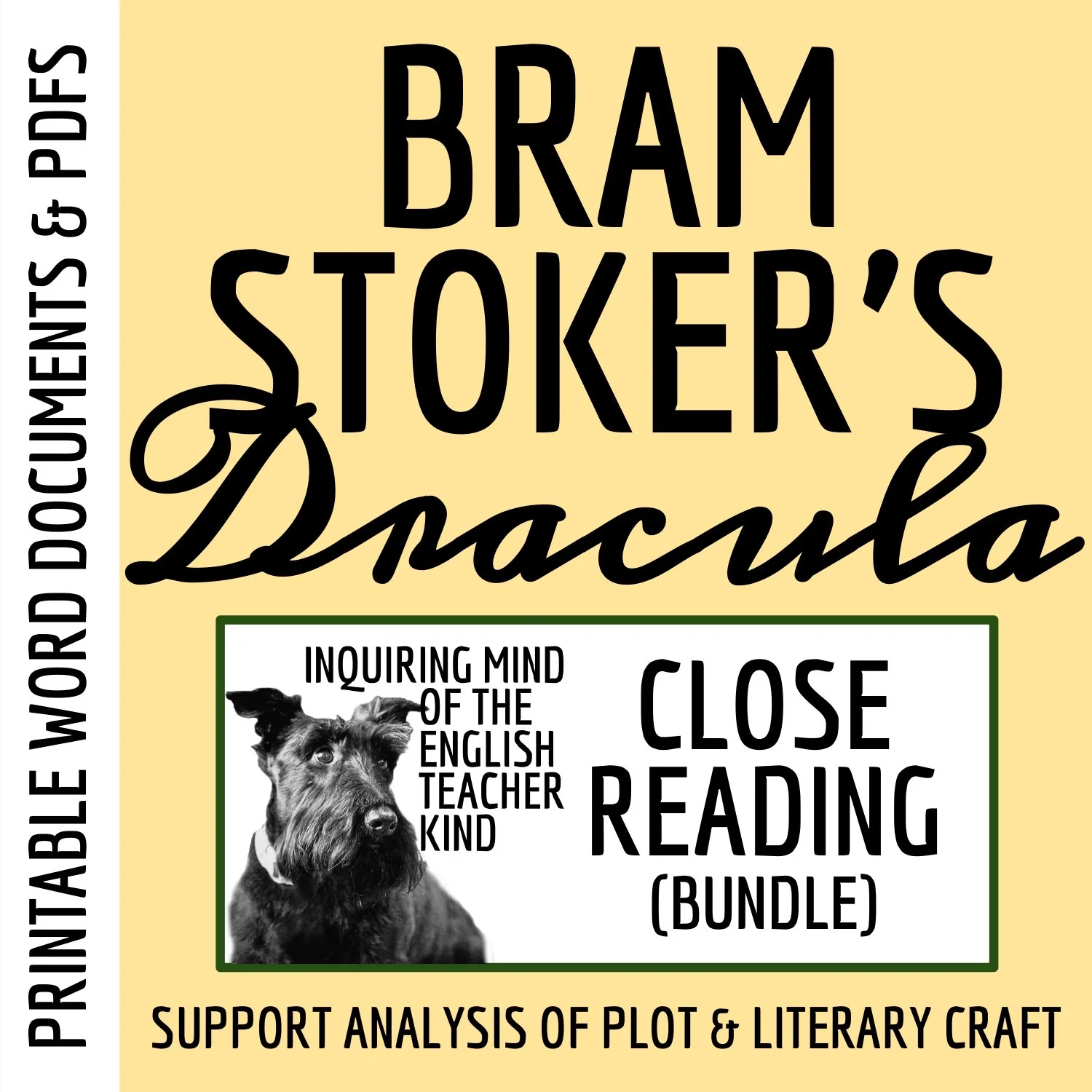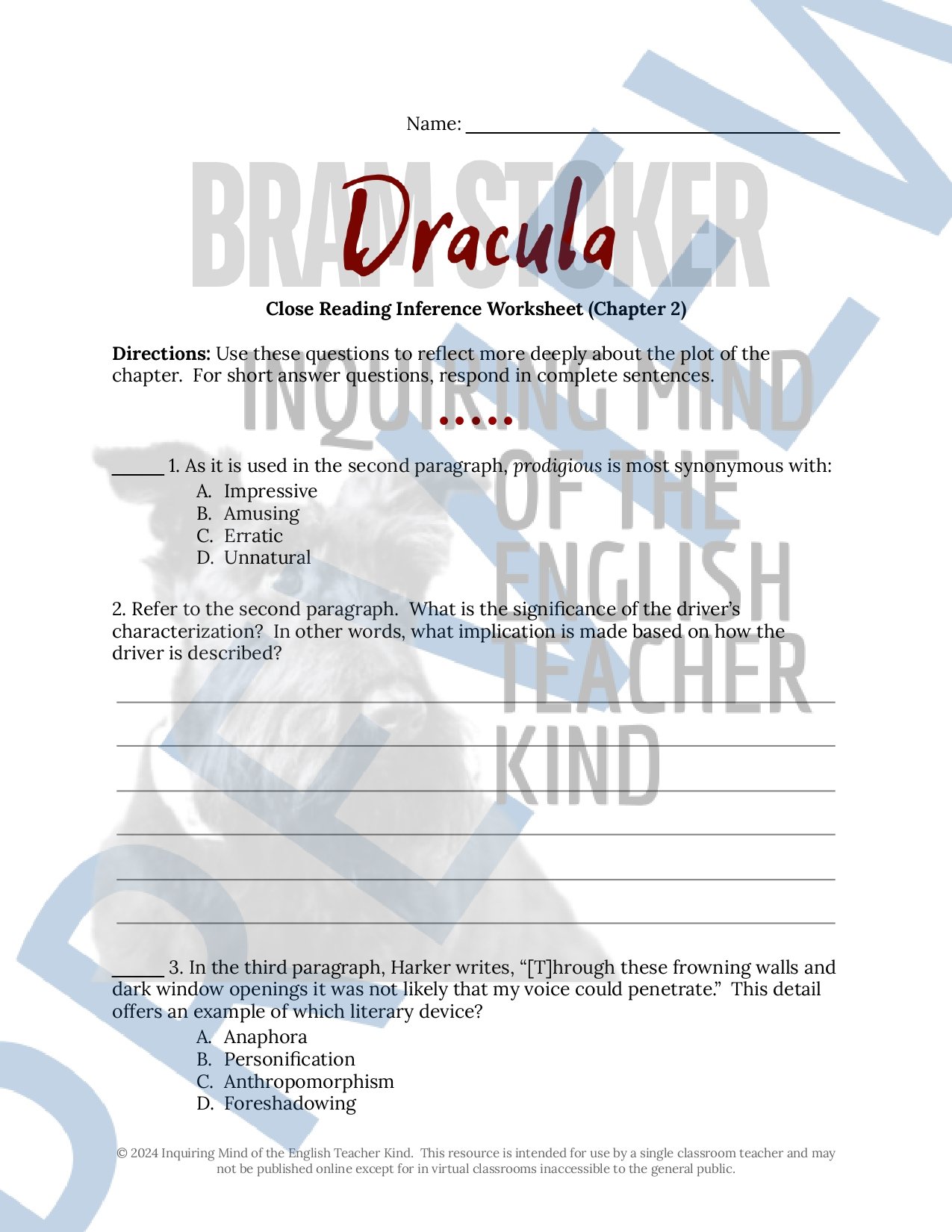 Image 1 of 47
Image 1 of 47

 Image 2 of 47
Image 2 of 47

 Image 3 of 47
Image 3 of 47

 Image 4 of 47
Image 4 of 47

 Image 5 of 47
Image 5 of 47

 Image 6 of 47
Image 6 of 47

 Image 7 of 47
Image 7 of 47

 Image 8 of 47
Image 8 of 47

 Image 9 of 47
Image 9 of 47

 Image 10 of 47
Image 10 of 47

 Image 11 of 47
Image 11 of 47

 Image 12 of 47
Image 12 of 47

 Image 13 of 47
Image 13 of 47

 Image 14 of 47
Image 14 of 47

 Image 15 of 47
Image 15 of 47

 Image 16 of 47
Image 16 of 47

 Image 17 of 47
Image 17 of 47

 Image 18 of 47
Image 18 of 47

 Image 19 of 47
Image 19 of 47

 Image 20 of 47
Image 20 of 47

 Image 21 of 47
Image 21 of 47

 Image 22 of 47
Image 22 of 47

 Image 23 of 47
Image 23 of 47

 Image 24 of 47
Image 24 of 47

 Image 25 of 47
Image 25 of 47

 Image 26 of 47
Image 26 of 47

 Image 27 of 47
Image 27 of 47

 Image 28 of 47
Image 28 of 47

 Image 29 of 47
Image 29 of 47

 Image 30 of 47
Image 30 of 47

 Image 31 of 47
Image 31 of 47

 Image 32 of 47
Image 32 of 47

 Image 33 of 47
Image 33 of 47

 Image 34 of 47
Image 34 of 47

 Image 35 of 47
Image 35 of 47

 Image 36 of 47
Image 36 of 47

 Image 37 of 47
Image 37 of 47

 Image 38 of 47
Image 38 of 47

 Image 39 of 47
Image 39 of 47

 Image 40 of 47
Image 40 of 47

 Image 41 of 47
Image 41 of 47

 Image 42 of 47
Image 42 of 47

 Image 43 of 47
Image 43 of 47

 Image 44 of 47
Image 44 of 47

 Image 45 of 47
Image 45 of 47

 Image 46 of 47
Image 46 of 47

 Image 47 of 47
Image 47 of 47
















































Dracula Close Reading Analysis Worksheets Bundle with Answer Keys
Extend reading comprehension and support the development of close reading analysis skills with this bundle of 27 worksheets composed of high-order questions to help high school students engage with Dracula by Bram Stoker. Each resource focuses on a single chapter (all chapters are addressed), thus eliminating take-home assessment planning responsibilities and helping teachers sustain rigor in and out of the classroom. Materials are delivered as editable Word Documents and printable PDFs. (Alternatively, a Google Drive option is available.) Answer keys are included, as well as copies of every chapter. With these close reading activities, students will:
Identify what the text says both explicitly and implicitly
Determine the function of a given excerpt
Explore how setting contributes to mood
Describe the tone of given excerpts
Discern the intended effects of the author's narrative techniques
Examine how complex characters think, behave, interact, and develop
Compare and contrast characters
Apply knowledge of literary devices including situational irony, verbal irony, dramatic irony, foreshadowing, metaphor, oxymoron, epiphany, and more
Conduct brief research on topics relevant to the novel
Support claims and inferences with sound reasoning and relevant evidence
Write about Gothic literature with clarity, accuracy, and precision
And much more
This resource may facilitate small-group discussions in which students decode language and pose/respond to questions relating to plot, broad topics, and character development. Using this resource for structured guidance, students will improve their ability to present information, conclusions, and supporting textual evidence clearly and convincingly.
Resources are available for a variety of engaging novels:
Extend reading comprehension and support the development of close reading analysis skills with this bundle of 27 worksheets composed of high-order questions to help high school students engage with Dracula by Bram Stoker. Each resource focuses on a single chapter (all chapters are addressed), thus eliminating take-home assessment planning responsibilities and helping teachers sustain rigor in and out of the classroom. Materials are delivered as editable Word Documents and printable PDFs. (Alternatively, a Google Drive option is available.) Answer keys are included, as well as copies of every chapter. With these close reading activities, students will:
Identify what the text says both explicitly and implicitly
Determine the function of a given excerpt
Explore how setting contributes to mood
Describe the tone of given excerpts
Discern the intended effects of the author's narrative techniques
Examine how complex characters think, behave, interact, and develop
Compare and contrast characters
Apply knowledge of literary devices including situational irony, verbal irony, dramatic irony, foreshadowing, metaphor, oxymoron, epiphany, and more
Conduct brief research on topics relevant to the novel
Support claims and inferences with sound reasoning and relevant evidence
Write about Gothic literature with clarity, accuracy, and precision
And much more
This resource may facilitate small-group discussions in which students decode language and pose/respond to questions relating to plot, broad topics, and character development. Using this resource for structured guidance, students will improve their ability to present information, conclusions, and supporting textual evidence clearly and convincingly.
Resources are available for a variety of engaging novels:
Extend reading comprehension and support the development of close reading analysis skills with this bundle of 27 worksheets composed of high-order questions to help high school students engage with Dracula by Bram Stoker. Each resource focuses on a single chapter (all chapters are addressed), thus eliminating take-home assessment planning responsibilities and helping teachers sustain rigor in and out of the classroom. Materials are delivered as editable Word Documents and printable PDFs. (Alternatively, a Google Drive option is available.) Answer keys are included, as well as copies of every chapter. With these close reading activities, students will:
Identify what the text says both explicitly and implicitly
Determine the function of a given excerpt
Explore how setting contributes to mood
Describe the tone of given excerpts
Discern the intended effects of the author's narrative techniques
Examine how complex characters think, behave, interact, and develop
Compare and contrast characters
Apply knowledge of literary devices including situational irony, verbal irony, dramatic irony, foreshadowing, metaphor, oxymoron, epiphany, and more
Conduct brief research on topics relevant to the novel
Support claims and inferences with sound reasoning and relevant evidence
Write about Gothic literature with clarity, accuracy, and precision
And much more
This resource may facilitate small-group discussions in which students decode language and pose/respond to questions relating to plot, broad topics, and character development. Using this resource for structured guidance, students will improve their ability to present information, conclusions, and supporting textual evidence clearly and convincingly.
Resources are available for a variety of engaging novels:
Preview this resource:
Extend reading comprehension and support the development of close reading analysis skills with this bundle of 27 worksheets composed of high-order questions to help high school students engage with Dracula by Bram Stoker. Each resource focuses on a single chapter (all chapters are addressed), thus eliminating take-home assessment planning responsibilities and helping teachers sustain rigor in and out of the classroom.
